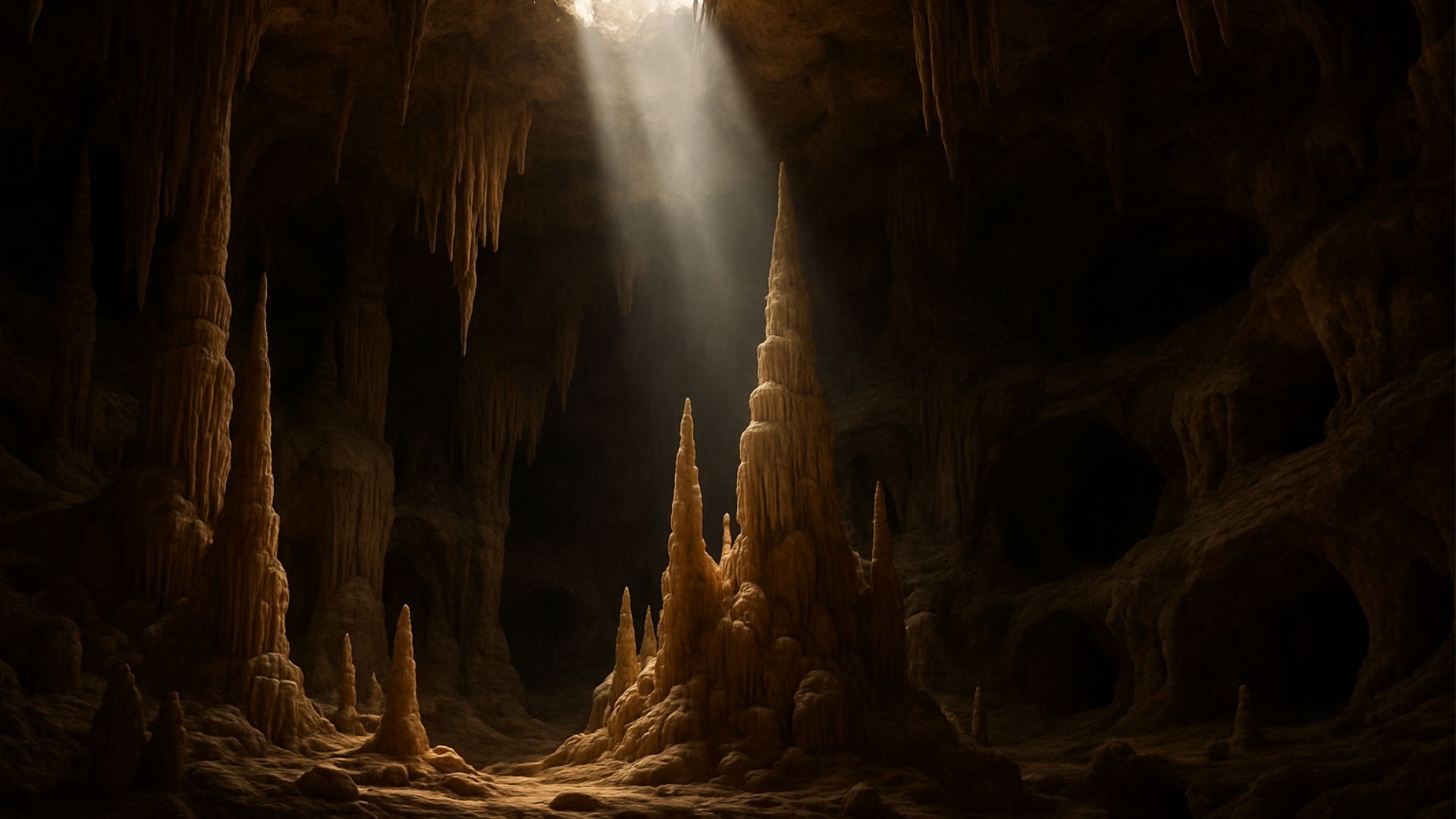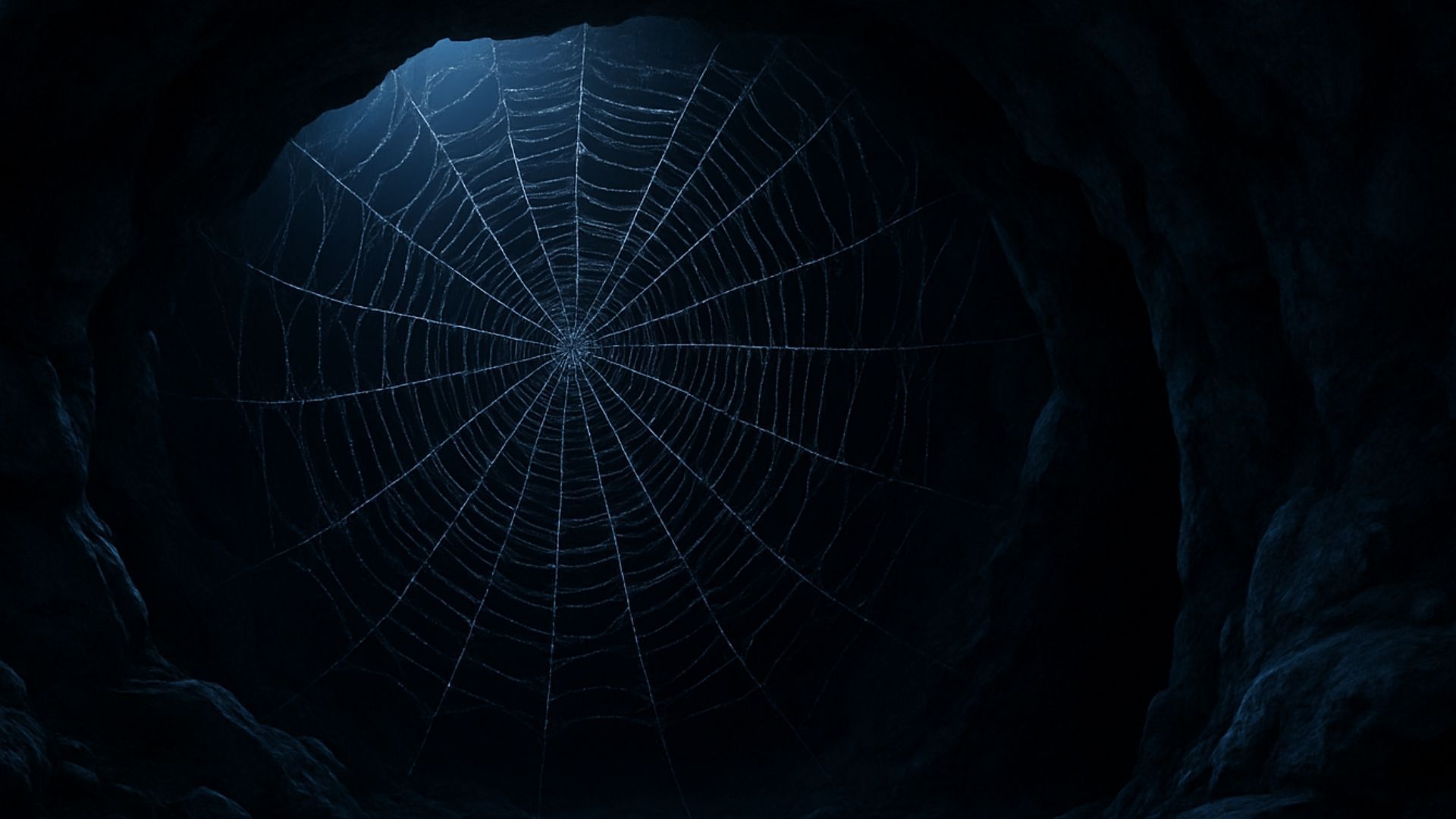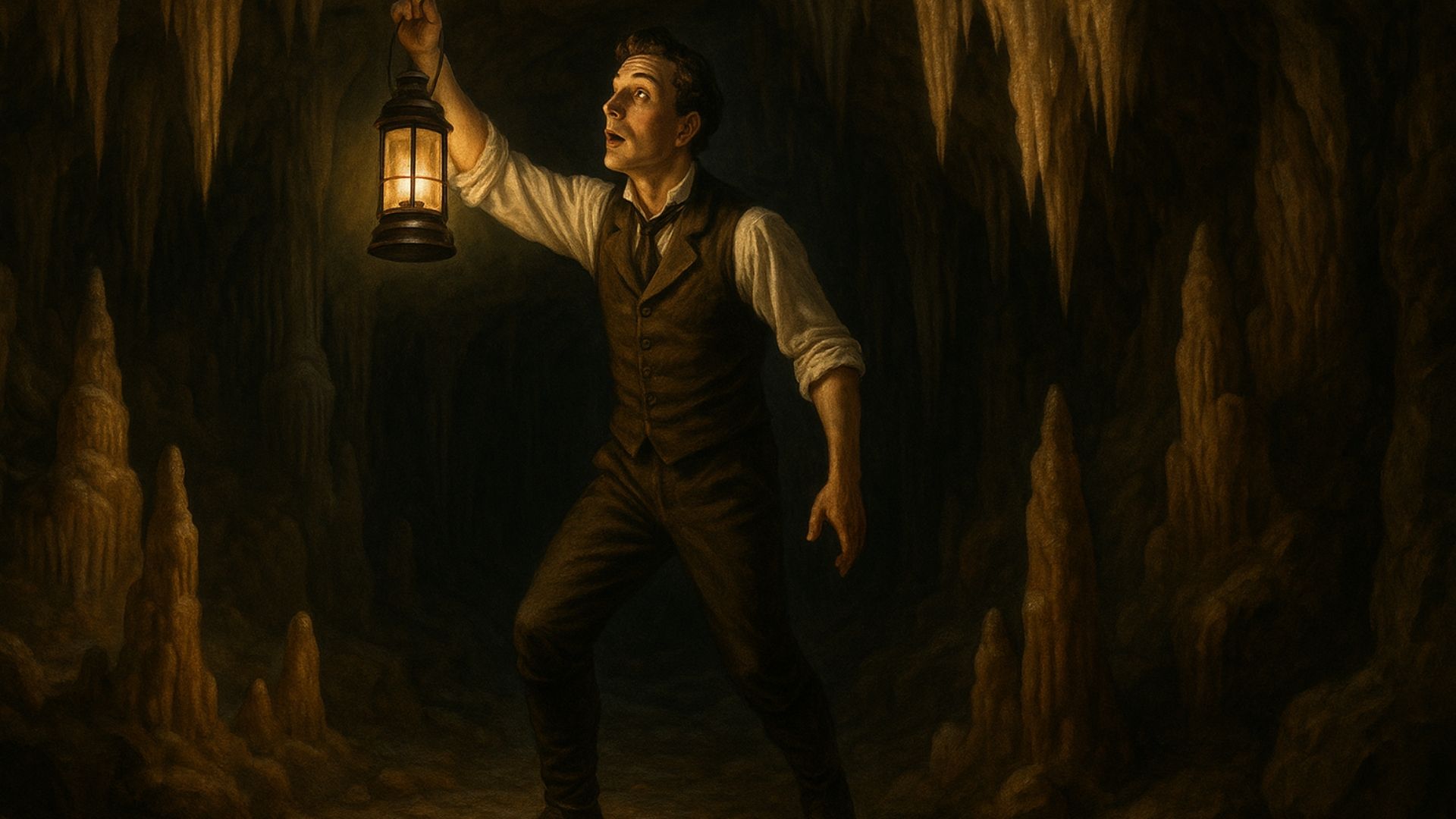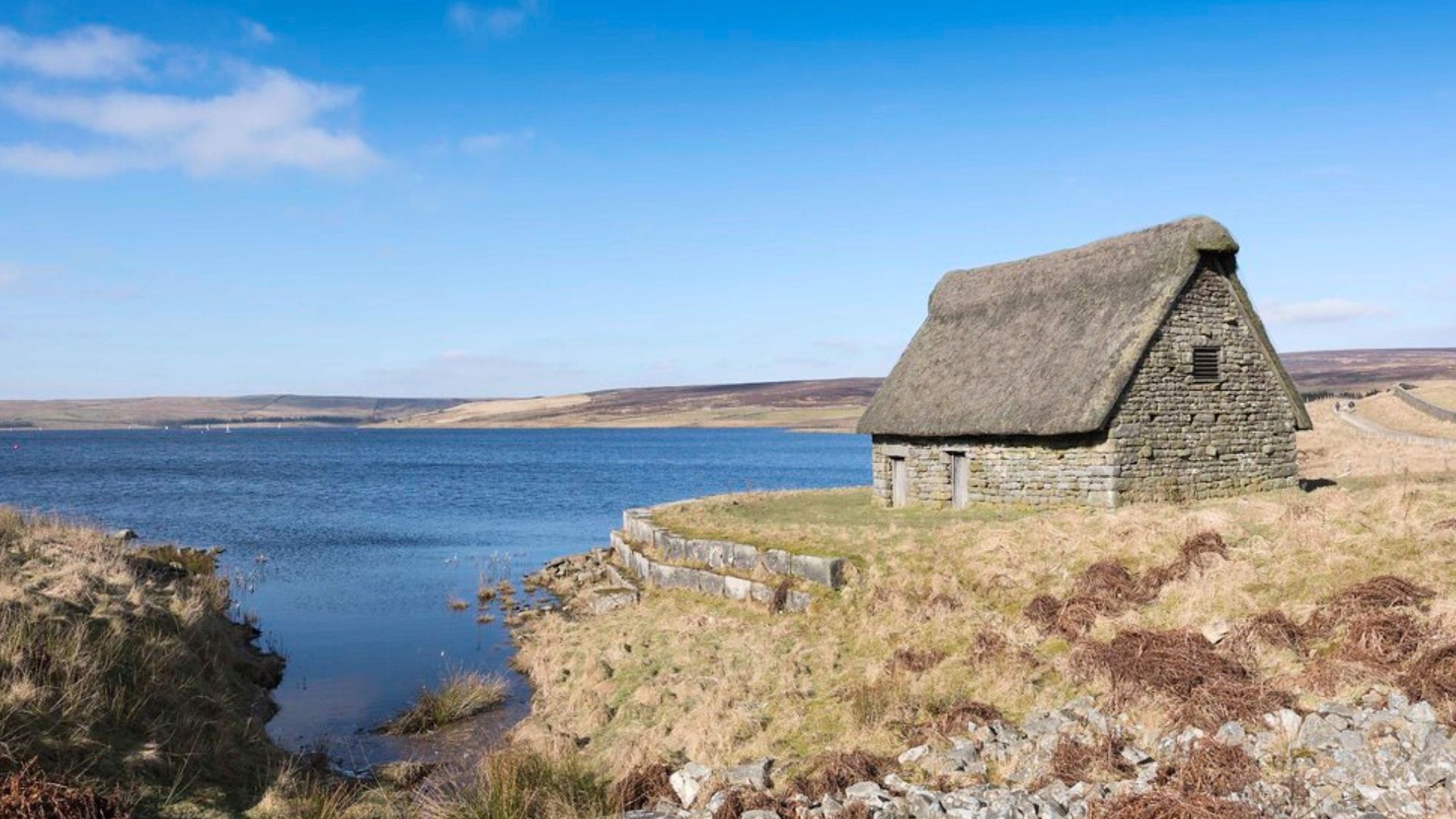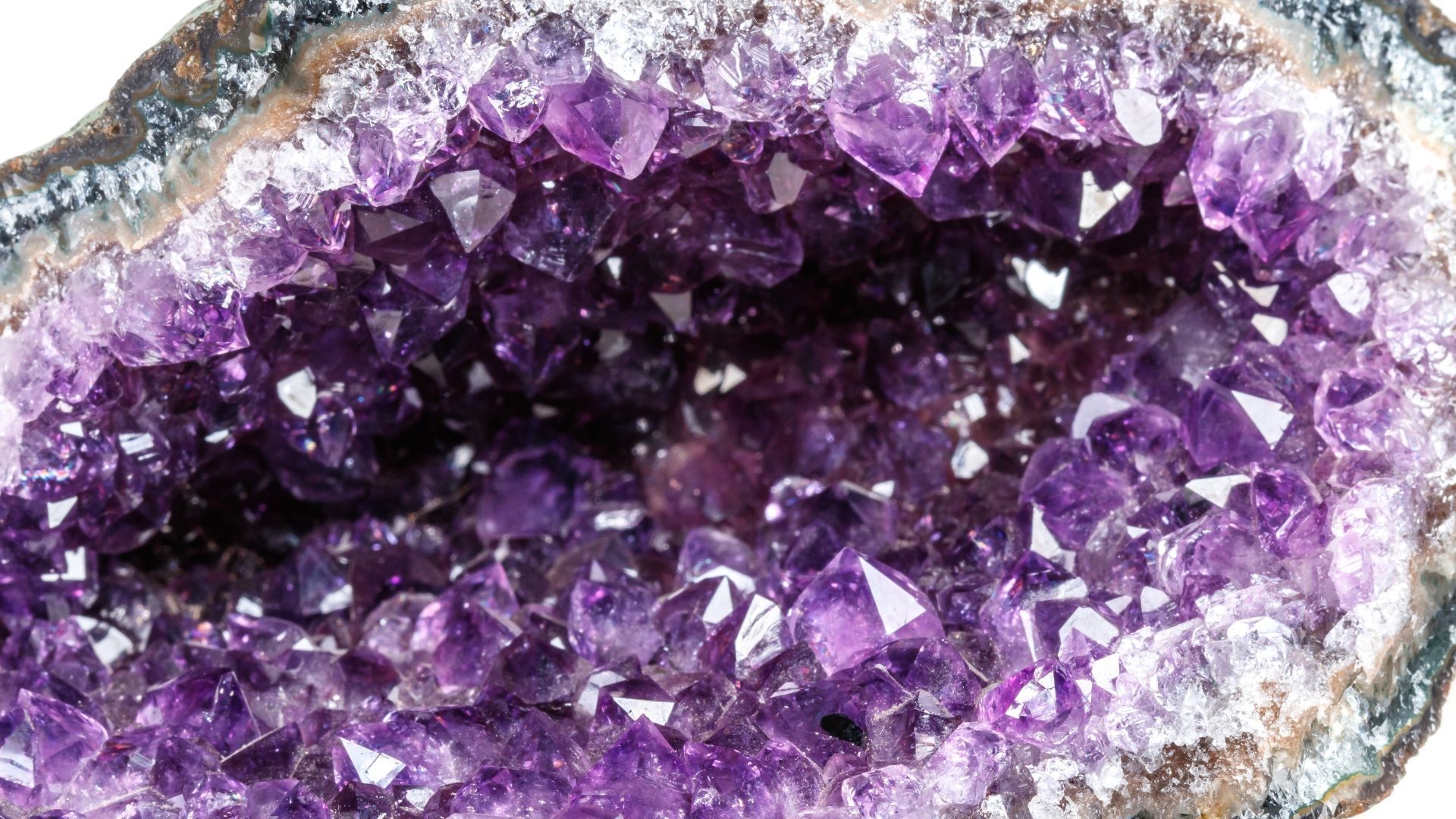Why the Butcher's Shop? How our rock formations got their names
Many of the rock formations at Stump Cross have evocative names. Learn where they got them from.
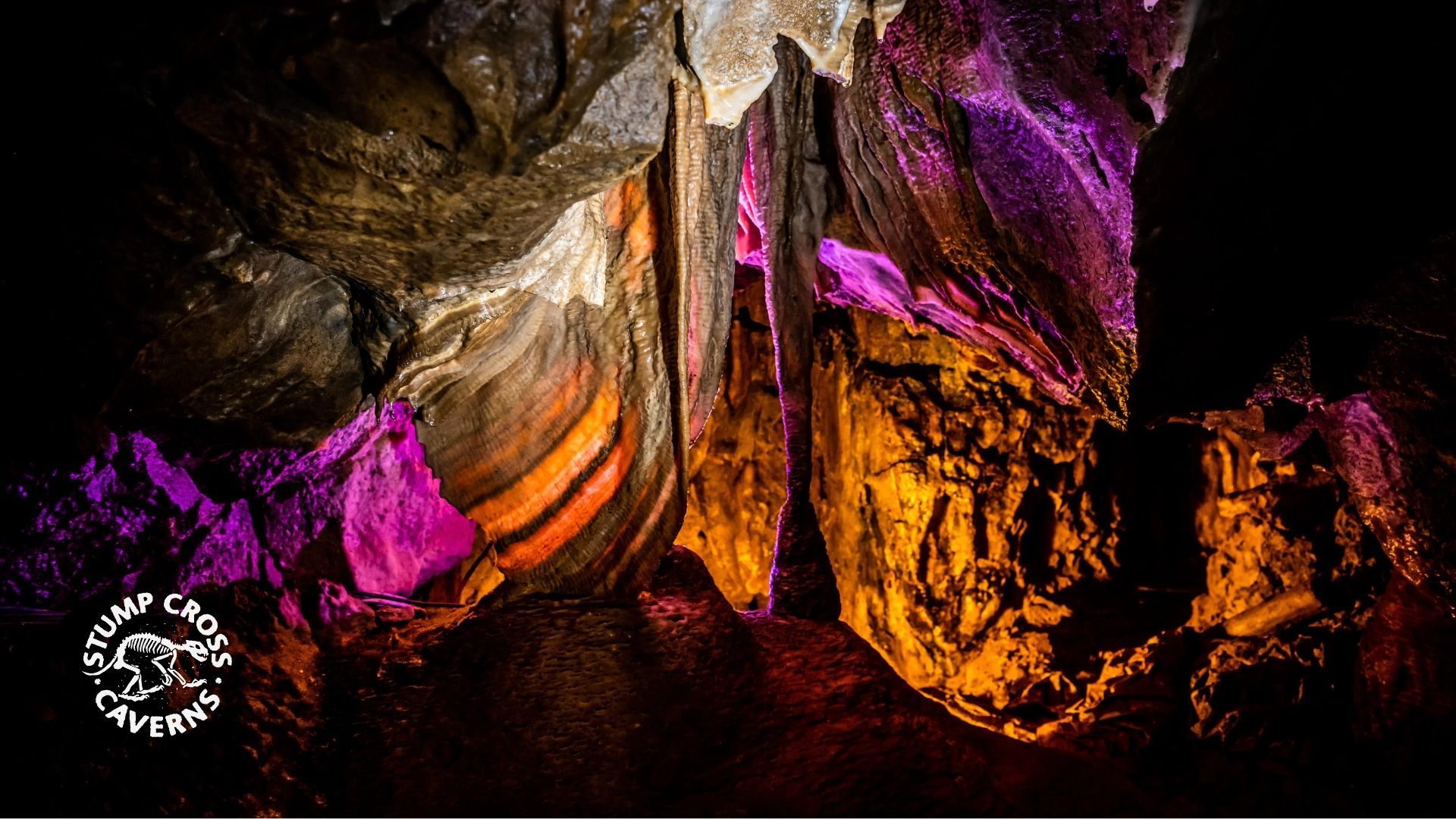
When you visit Stump Cross Caverns, you'll notice straight away that some of the chambers and rock formations have evocative, even poetic names. Names like The Wolverine Cave and The Cathedral. Names that conjure up a lost past, far from the bustle of cars on the nearby roads.
Sometimes, the name refers to a physical resemblance. At others, it harks back to moments of discovery. All of them add something to the experience, although as with many names, it's hard to say exactly what.
The English poet Edward Thomas got it right in his poem about a herb known as either Old Man or Lad's Love: "The thing it is… clings not to the names / In spite of time. And yet I like the names."
We hope that you like the names of our rock formations, too. First up: The Butcher's Shop.
The Butcher's Shop
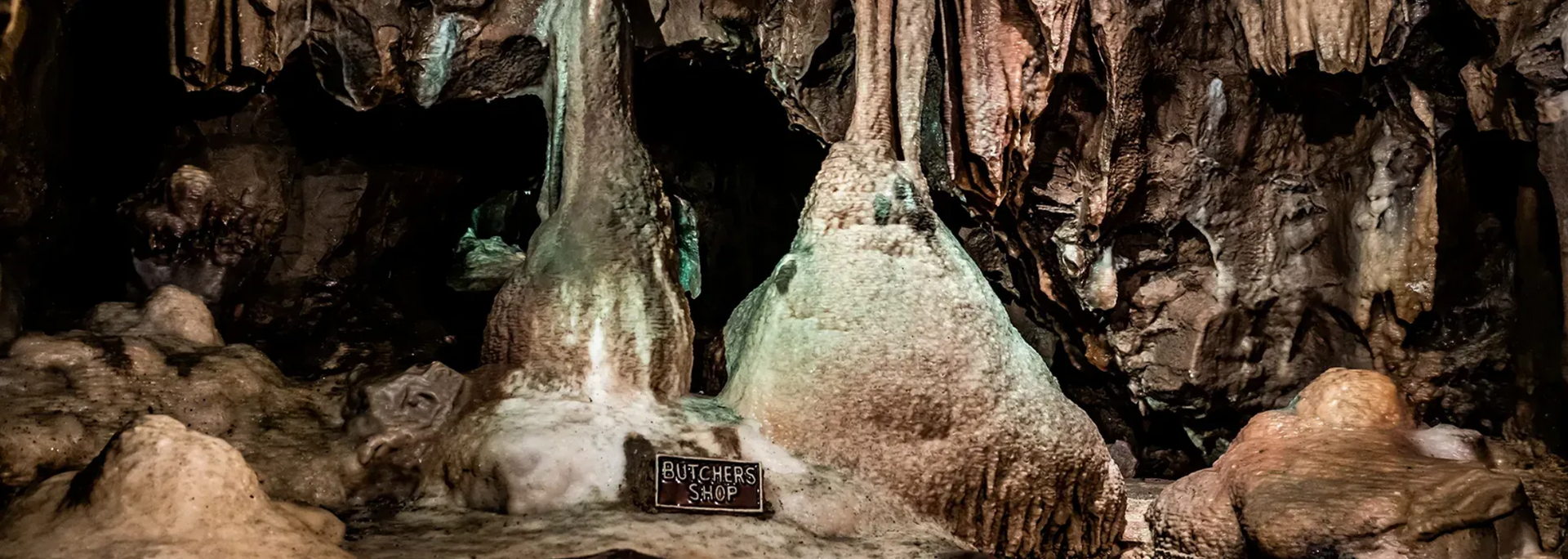
Enter The Butcher's Shop and you'll see huge stalactites hanging down from the ceiling. Many visitors have remarked that they look like slabs of meat in a butcher's shop window – partly because of their texture and partly because of their reddish hue.
If hanging around in a butcher's shop isn't your idea of fun, don't worry. The cave itself has the same austere, glinting beauty as its neighbouring passageways and chambers. And under the beam of a UV torch, they look even more mysteriously beautiful.
The Wolverine Cave
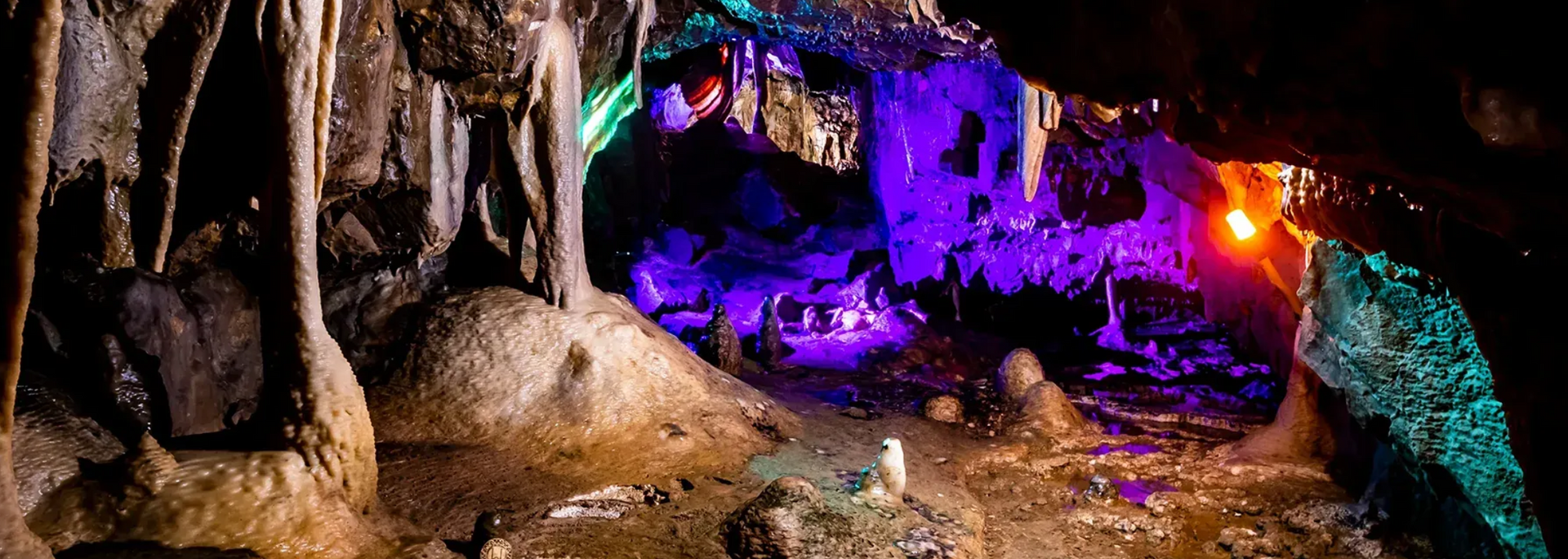
In 1922, Cambridge medical student Christopher Long set out with a group of friends to explore Stump Cross Caverns.
He was motivated by two things: a passion for geology and a passion for money. He had visited show caves in Somerset and saw first-hand how they turned a tidy profit. He wanted to find out what lay beyond the entrance to Stump Cross Caverns and make a deal with the owner.
He and his team dug for nearly 168 hours and, among other things, discovered several prehistoric bones, including both reindeer and wolverines. It was this last discovery that gave The Wolverine Cave its name.
The Wolverine Cave is one of the treasures of Stump Cross. Its rimstone pools, glimmering rock formations and orange crystals make it an unforgettable experience.
It's amazing to think that wolverines once roamed the Yorkshire Dales. We don't know exactly what they were doing in the caves, but chances are they were sheltering from low-level flooding and became trapped.
The Cathedral

Any cathedral worth its salt will have an organ – those impressive keyboards crowned with rows of metal pipes that blast out hymns for the congregation.
Long ago, it was noticed that one of our rock formations looked like a church organ – and the cave where it was found was duly called The Cathedral.
The Cathedral is also home to The Wedding Cake. This huge calcite column looks a lot like – yep, you've guessed it.
Reindeer Cavern
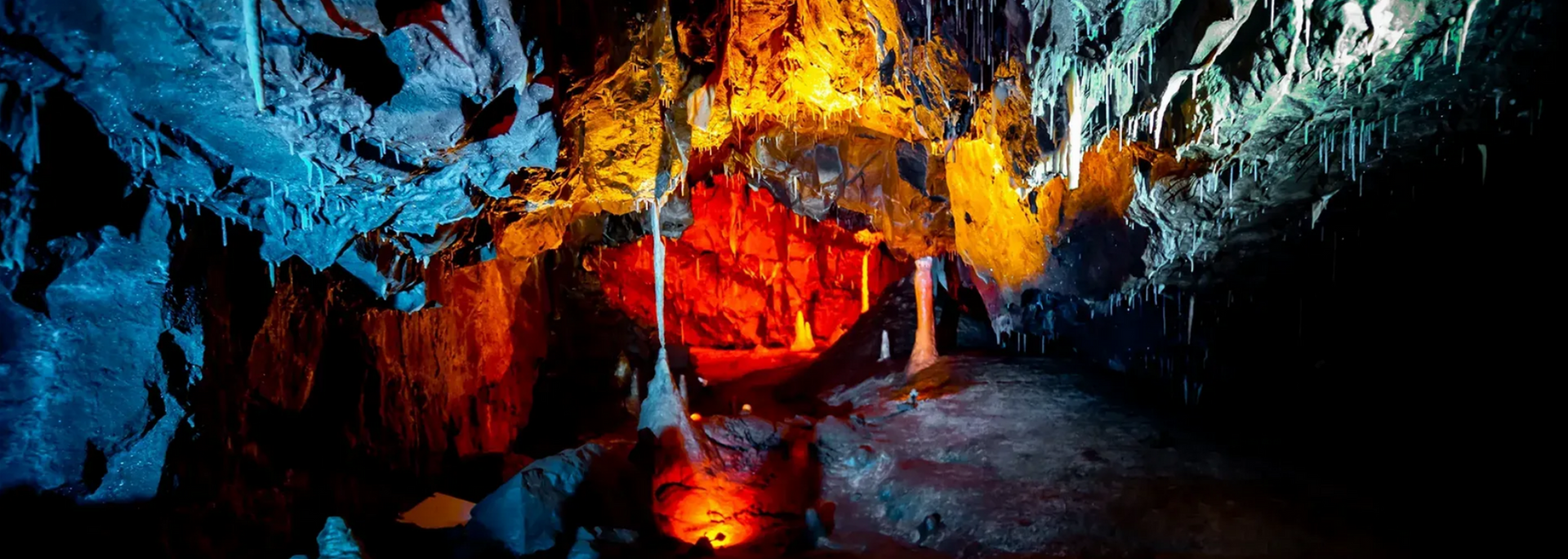
One of the many amazing things about Stump Cross Caverns is that the network is much, much bigger than the parts opened to the public.
Take Reindeer Cavern, one of the jewels in the Stump Cross crown. It was discovered in the 1950s by the owner George Gill and his potholing pals. But it wasn't opened to the public until the new millennium.
Today, it's a riot of stalactites, stalagmites, curtains and columns. But to get there, Gill and his companions had to force their way through a boulder choke and huge quantities of mud.
It gets its name from the remains of prehistoric reindeer found there. We're still not 100% sure what the reindeer were doing there. Our best guess is that they were washed into the caves by an unexpected flood.
But the reindeer remains that gave this cavern its name weren't the first to be uncovered at Stump Cross. The very first discoverers – two local lead miners from up the hill – found reindeer fossils when they stumbled on the caverns way back in 1860.
Grenade Shaft
Stump Cross includes many shafts, passageways and chambers that aren't open to the public. Why the secrecy? Well, it's either because the feature in question would be unsafe for visitors or because making it public would damage the beauties inside.
An example of this is Grenade Shaft: a 428-foot natural drop that ends in a spectacular array of crystal formations.
The name comes from an excavation in 1954 – one of several attempts by local cavers. Over the years, different teams of cavers had dug 18 feet down into the shaft. But now, it seemed, they couldn't get any further.
One of the cavers, a man named Jack Bradley, had a live Mills Bomb hand grenade. He chucked it into the shaft in the hope of a breakthrough.
It didn't do much. In fact, no more progress was made until 1964. But Bradley's attempt lived on in the shaft's unforgettable name.
Stump Cross Caverns

And how about Stump Cross Caverns itself? We've given the long version in another blog post. But the short version is simple: a stump cross is a stone cross with a broken shaft.
The rest, alas, is speculation. It could be that there was a stump cross destroyed in the religious conflicts that followed the English Reformation. Or it could be that the cross was simply neglected and went to ruin.
Whatever the answer, it's a small example of how history is woven into so many place names.
Conclusion
One of the many things we love about Stump Cross Caverns is how connected we are to history, science and culture – from our links to historic lead mining to the science of gemstones and crystals.
The evocative names of our caverns are just another example of that. We hope they add something to your visit whether you're a newcomer or a Stump Cross veteran.
Looking for an unforgettable
day out in Yorkshire? Explore the magical chambers and passageways of Stump Cross Caverns, or
check out our calendar of unique events and experiences.

